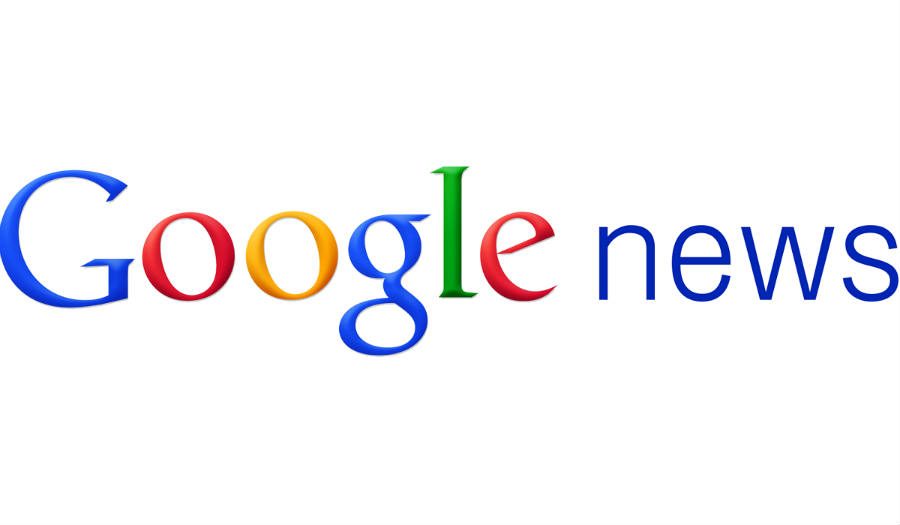An article published this Thursday on Google’s official blog revealed the company’s process in labeling fact-checking related publications in the Google News platform. The piece was written by Richard Gingras, Head of News with the company.
Fact-checking is a writing genre that includes any article devoted to scrutinizing claims made by scientists, politicians, research studies, urban legends, and other fields. Fact-checking articles attempt to uncover intentional instances of disinformation like pieces which purposely misinterpret statistics or pull people’s quotes completely out of context.
Gingras wrote more than 100 pages now conducted fact-checks routinely, according to research made by the Duke University’s Reporters Lab.


How is Google News dealing with misinformation?
The company is adding a new tag to the News platform, called ‘Fact check,’ to show users only these kinds of articles. The label now stands among other tags like ‘Local source,’ recently implemented to show smaller media outlets better.
The new addition is available on the website, found under the expanded story box at News’ official page, and in the Google News & Weather mobile app, already in the Play Store and AppStore.
Google’s new tag filters fact-check publications by looking for a markup called ClaimReview, developed by schema.org. Markups (and schemas) are code structures that admins add to websites to improve their search engine performance (SEO).
Schema.org is one of the leading developers of schema markups, ‘ClaimReview’ was developed by them for fact-checking purposes. Google News searches for the code found in ‘ClaimReview’ to pinpoint and group these articles along with what Gingras calls “commonly accepted criteria for fact checks.”
How to create Fact-Checking articles
Google News currently classifies its content via a set of tags which include ‘Paid subscription,’ ‘Free registration,’ ‘Press release,’ ‘Opinion content,’ ‘User generated content,’ ‘Blog,’ and ‘Satire.’
The platform also contains several sub-tags which organize items by their extension or their approach, such as ‘In-Depth,’ who features larger pieces, and ‘Highly Cited,’ which shows the articles writers quote the most for a given news story.
If web publishers wish to make create fact-check content, Google notes the company must abide by the following criteria. First, the articles must correctly cite the claims they are checking, and the conclusions and results later reached.
Their analyses must be transparent, entirely sourced and referenced, and come from a nonpartisan organization. Their claims must target a range of ideas or a given topic, and not a particular person or entity. The article must also indicate if its primary focus is fact-checking or if this is only a portion of its content.
Source: Google Blog

